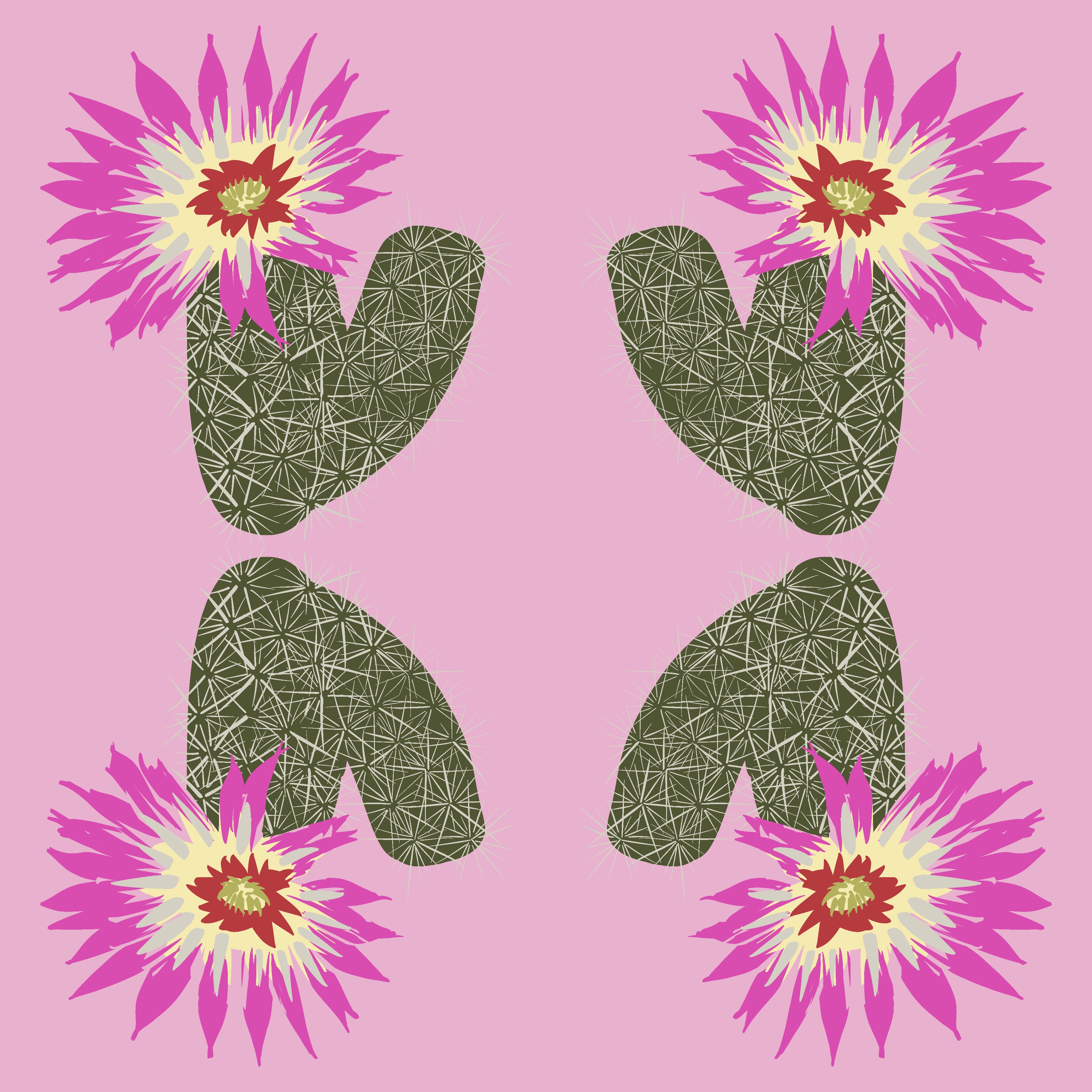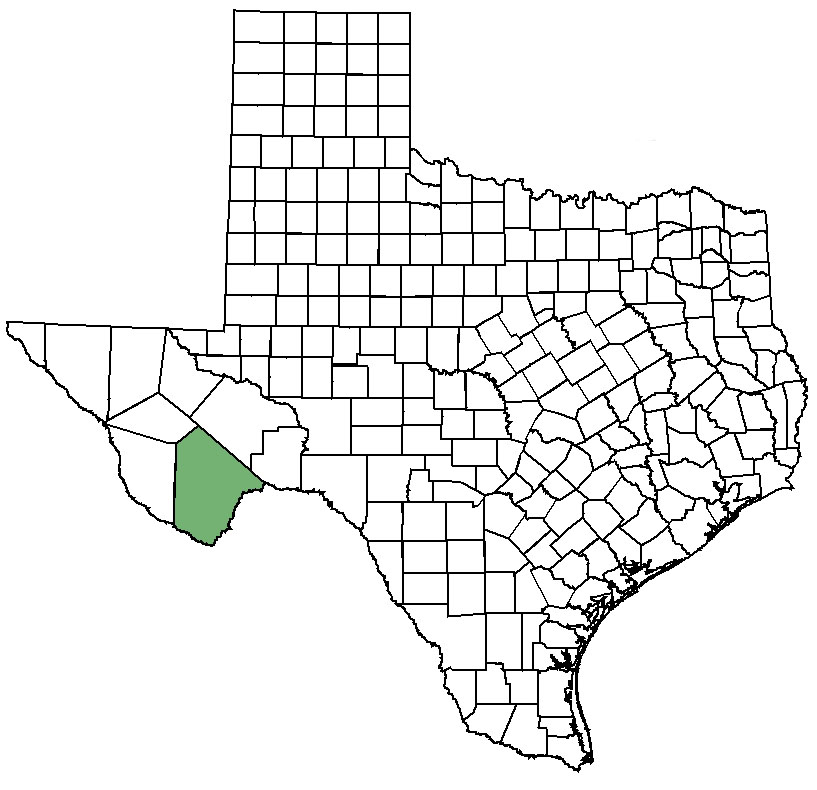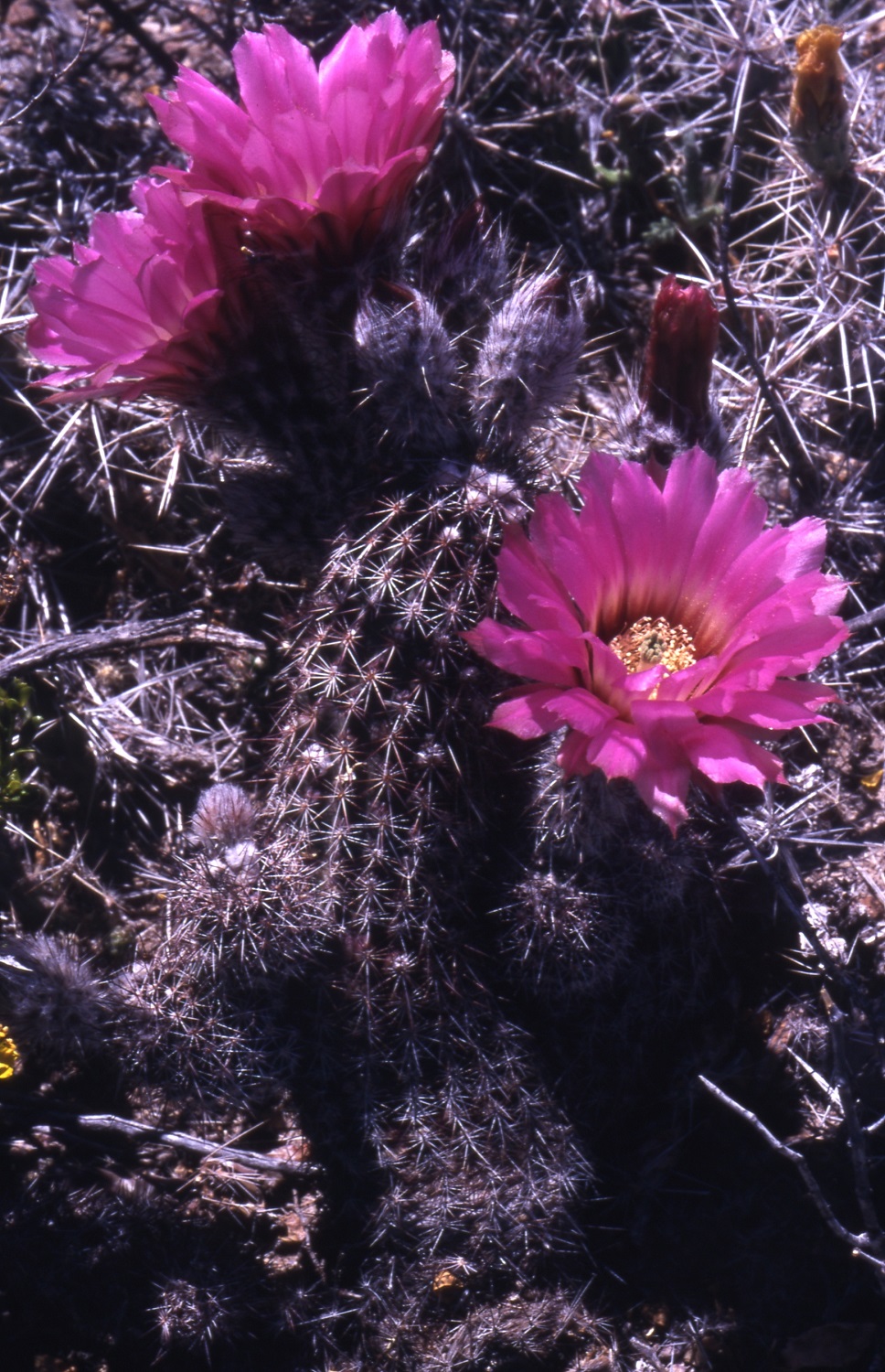5% of profits support Endangered & Threatened Species.
"This species is only known from a 15 square mile patch of desert in Big Bend National Park in west Texas."
- Carolyn Whiting, PhD Botanist

©Juliet Whitsett |Social: @juliet_whitsett_art
COLOR PALETTE SAMPLED FROM IMAGES OF THE CHISOS MOUNTAIN HEDGEHOG CACTUS:

SPECIES INFO:
"This species is only known from a 15 square mile patch of desert in Big Bend National Park in west Texas. Its limited range is one of the reasons it is Threatened under the Endangered Species Act – weather, fire, disease, or other events could seriously impact the survival of the species because we only have the one population. The cactus is stunningly beautiful when it flowers in March, with large fuchsia flowers on top of its unique black stems."
- - Carolyn Whiting, PhD Botanist
"When the Chisos Mountain hedgehog cactus was listed as an endangered species, only about 1,000 individual plants were known to exist within Big Bend National Park."
"Overgrazing through the mid-1900s may have led to a significant enough decline in groundcover needed for suitable Chisos Mountain hedgehog cactus habitat. Once the population declined, it became more susceptible to other natural and human-caused threats."
(Facts from TPWD website, source below.)"Chisos Mountains hedgehog cactus cactus is a succulent perennial usually with solitary stems up to 30 cm tall and 3 to 5 cm wide. Stems have 10 to 16 vertical ridges that are divided into spine-tipped, cone-shaped projections 6 to 8 mm apart. Spines arising from each of these projections are numerous but are not so dense that they hide the stem completely. Some spines, called radial spines, form a ring around the projection’s tip somewhat like the spokes of a bicycle wheel. Other spines, central spines, arise interior to the radial spines and point somewhat outward and away from the stem. There are typically 10 to 17 thin radial spines that point up, down or sideways. The uppermost radial spines pointing upward are bristle-like and usually shortest at 1.6 to 3.2 mm long; the lowest radial spines pointing downward are rigid and usually longest at 6 to 20 mm long. Between these two groups &mash; physically and in length — are sideways-pointing radial spines which are hair-like and less than or equal to 9.5 mm long. As many as one to four, rarely six, straight central spines may be present but frequently only one or two "main" central spines are present. These "main" central spines are more conspicuous than the other spines and point directly outward from the stem. Chisos Mountains hedgehog cactus’ pink-magenta flowers are 6 to 6.4 cm long and 2.5 to 7 cm wide. The flower’s neck is wooly and has clusters of 8 to 14 stiff hair-like spines. Fruits are green to red and oval- to egg-shaped."
IMAGE:
Chisos Mountains hedgehog cactus is a robust plant with pink-magenta flowers and very slender spines.
Credit: Jackie Poole, Texas Parks & Wildlife Department
RANGE:

SUPPORT:
Shop this art HERE
OR gift to the Threatened Texas Series: Venmo @Juliet-Whitsett (Your patronage donation helps spread the word about Texas' Endangered & Threatened Species)
THREATENED TEXAS SERIES:
There are 148 Threatened Species & 74 Threatened Species in Texas. Each palette & species is unique. I have sampled colors from images of actual Texas Threatened Species and created original art inspired by each group. 5% of the profits from this series enthusiastically goes to help Threatened & Endangered Species.
SOURCES:


